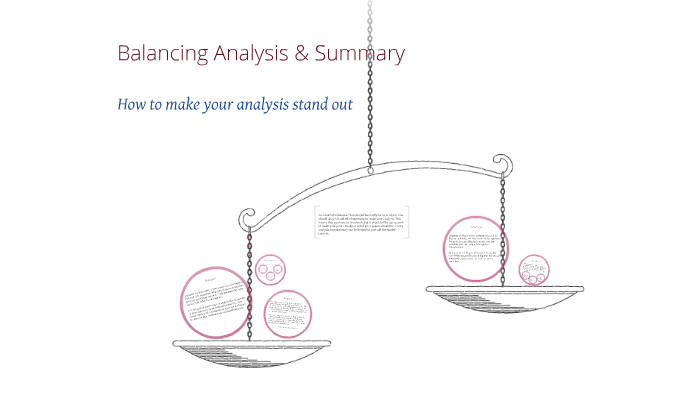
Plaintiffs, however, have submitted a photocopy of the actual judgment *223 which contains a stamp reciting that "This document was entered on the docket on 10/19/00." Using this latter date as the entry date, which the Court has no reason to doubt, and the computation guidelines set forth in Fed.R.Civ.P.

If it were entered on that date, the plaintiff's motion filed on Novemwould have been one day late. Defendants assert, without citation to the record, that the judgment was entered on the docket on October 18, 2000. In this case, defendants' contention that the motion was filed beyond the ten-day jurisdictional limit is unfounded. This deadline is jurisdictional courts are entirely without power to extend it. Defendants oppose the motion on its merits and also on two procedural grounds: (1) the motion was not timely filed, and (2) plaintiff's failure to move for a JMOL at the close of evidence bars his Rule 50(b) motion.īy their express terms, motions made pursuant to Rules 50(b) and 59(a) must be filed no later than ten days after entry of the judgment in the case. Based on this evidence, plaintiff argues that no reasonable juror could have found for the defendants.
#JMOL VS SUMMARY JUDGMENT TRIAL#
Plaintiff moves for a JMOL or a new trial on the ground that the medical evidence including the prison medical records, the testimony of the treating nurse and the testimony of plaintiff's medical expert overwhelmingly demonstrates that plaintiff's injuries were caused by a beating, not by a routine take-down as defendants contend. The facts will be repeated only to the extent necessary for an understanding of the resolution of this motion. Sept.27, 2000), familiarity with which is assumed. The Court described the factual background of this case in its prior opinion resolving in limine matters, Giles v. For the reasons that follow, the motion is denied in its entirety. 50(b) or, alternatively, for a new trial pursuant to Fed.R.Civ.P. Following a jury verdict in the defendants' favor, plaintiff moves for judgment as a matter of law ("JMOL") pursuant to Fed.R.Civ.P. § 1983 seeking compensation for injuries he claims he sustained from the defendants' use of excessive force against him on July 23, 1991, while plaintiff was an inmate at Sing Sing prison. Plaintiff brought this action under 42 U.S.C. Vacco, Attorney General, New York City, for defendants. Dell, Robert Abrams, Attorney General, New York City, Michael Oliver Hueston, Dennis C. *221 *222 Jeffrey Louis Friesen, Cravath Swaine & Moore, New York City, for plaintiff. A judgment notwithstanding the verdict is occasionally made when a jury refuses to follow a judge's instruction to arrive at a certain verdict.Marty RHODES, Correction Officer, and N. That procedure is similar to a situation in which a judge orders a jury to arrive at a particular verdict, called a directed verdict. The reversal of a jury's verdict by a judge occurs when the judge believes that there were insufficient facts on which to base the jury's verdict or that the verdict did not correctly apply the law. For example, if a party enters no evidence on an essential element of his case but the jury still finds in his favor, the court may rule that no reasonable jury would have disregarded the lack of evidence on that key point and reform the judgment.

If the judge grants a motion to set aside judgment after the jury convicts, however, the action may be reversed on appeal by the prosecution.Ī JNOV is appropriate only if the judge determines that no reasonable jury could have reached the given verdict. Such an action would violate a defendant's Fifth Amendment right not to be placed in double jeopardy and Sixth Amendment right to a trial by jury. Ī judge may not enter a JNOV of "guilty" following a jury acquittal in United States criminal cases. The rarely-granted intervention permits the judge to exercise discretion to avoid extreme and unreasonable jury decisions. In literal terms, the judge enters a judgment notwithstanding the jury verdict. In American courts, JNOV is the practice whereby the presiding judge in a civil jury trial may overrule the decision of a jury and reverse or amend their verdict. federal criminal cases, the term is " judgment of acquittal". federal civil court cases, the term has been replaced by the renewed judgment as a matter of law, which emphasizes its relationship to the judgment as a matter of law, formerly called a directed verdict.

Judgment notwithstanding the verdict, also called judgment non obstante veredicto, or JNOV, is a type of judgment as a matter of law that is sometimes rendered at the conclusion of a jury trial.


 0 kommentar(er)
0 kommentar(er)
